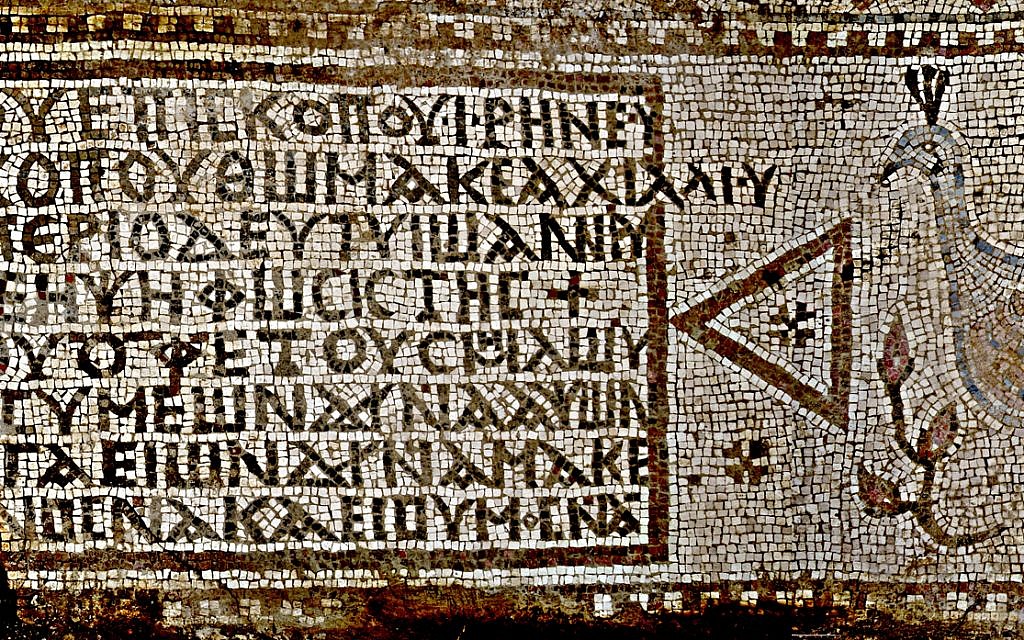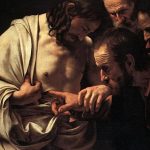
1,600-year-old church mosaic puzzles out key role of women in early Christianity.

A newly uncovered mosaic in the western Galilee speaks to the relatively high status of women in the early Church. Dating to the 5th century, a Greek-language inscription memorializes one “Sausann” (or Shoshana) as a donor for the construction of a village church. It is one of seven inscriptions — including a massive five-meter long text — which were found in three Byzantine churches during this summer’s excavations by Kinneret College archaeologist Mordechai Aviam and historian Jacob Ashkenazi.
Unusual in a patriarchal society, the donor Sausann is credited in the inscription independently of any spouse or male guardian. This Sausann is thought to have been a woman of some standing, perhaps following in the footsteps of her presumed namesake, the female disciple Susannah, who was among the women named in Luke 8:3 who provided for Jesus “out of their resources.”
According to a recent article in Christianity Today, “in the upper echelons of society, women often converted to Christianity while their male relatives remained pagans, lest they lose their senatorial status. This too contributed to the inordinate number of women in the church, particularly upper-class women.”
The idea of an independent women of means in rural Western Galilee came as a surprise to archaeologist Aviam, who heads the Institute for Galilean Archaeology. He said in a recent Haaretz article, “She’s an independent woman who donated money to the church, which says something about life in the Galilean village.”

Decorated with a peacock, the five-meter long Greek inscription is the largest found in the area. It is also, inadvertently, another testament to a woman in Jesus’ life.
Source: Times of Israel.






